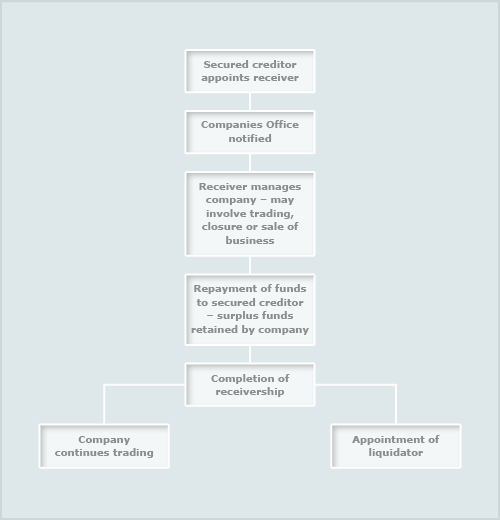Understanding Business Liquidation Key Considerations
Navigating the Complex Process of Business Liquidation
Understanding the Basics of Liquidation
In the world of business, liquidation refers to the process of closing down a company and converting its assets into cash. This often happens when a business is unable to meet its financial obligations or when the owners decide to retire or pursue other ventures. It’s a significant decision that involves various legal, financial, and logistical considerations.
The Steps Involved in Business Liquidation
The first step in the liquidation process is assessing the company’s financial situation and determining if liquidation is the best course of action. If so, the next steps typically include notifying creditors, selling assets, paying off debts, and distributing any remaining funds to shareholders or partners. It’s crucial to follow the legal requirements and obtain approval from relevant stakeholders throughout the process.
Key Considerations for Liquidating Assets
Asset liquidation is a critical aspect of the overall liquidation process. Assets can include inventory, equipment, real estate, intellectual property, and more. Determining the value of these assets, finding buyers or auction platforms, negotiating deals, and managing the sale logistics are all key considerations. The goal is to maximize the value of assets to settle debts and fulfill









